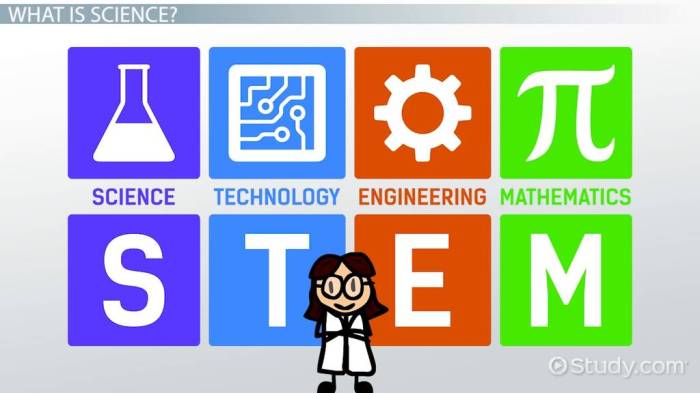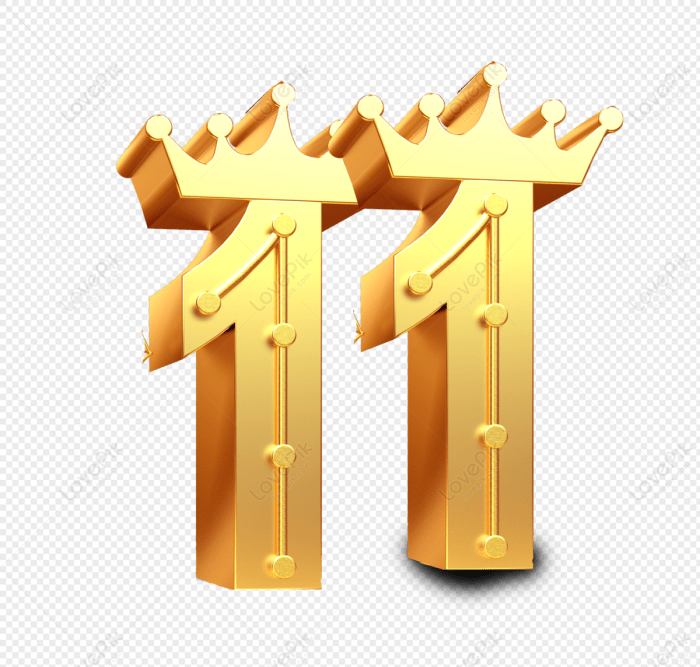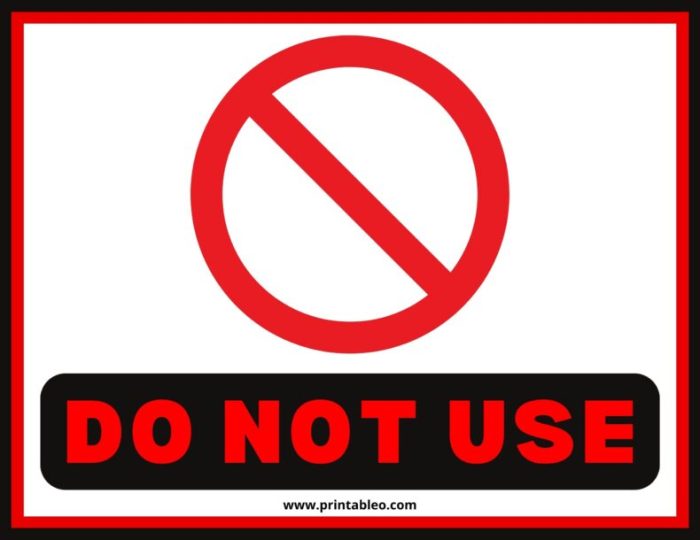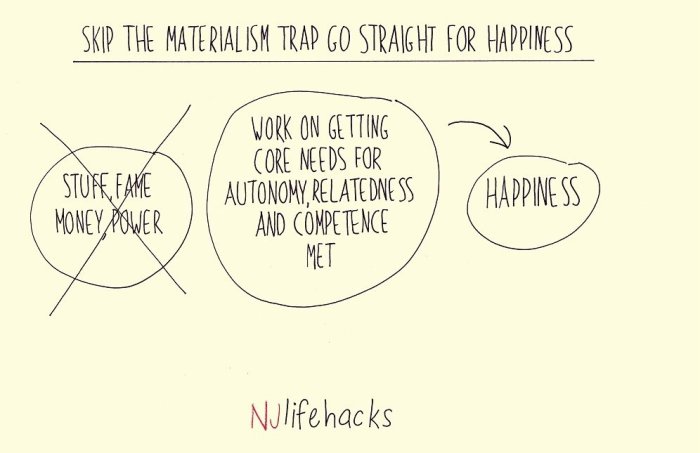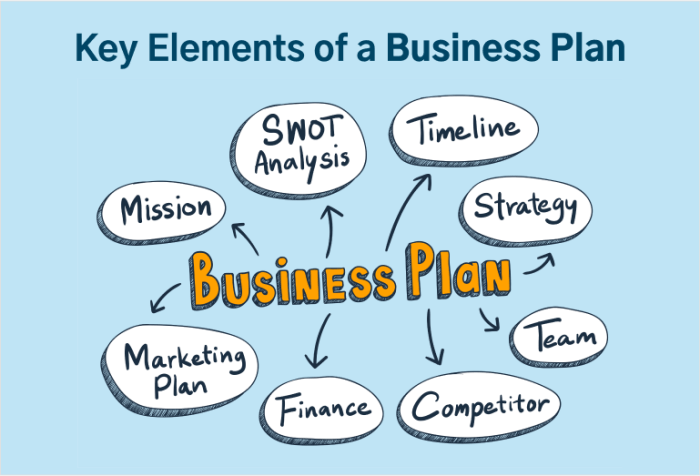How plan your mind without writing things down? This exploration delves into powerful mental planning techniques, offering a roadmap for organizing thoughts and ideas without resorting to pen and paper. Imagine effortlessly structuring your projects, enhancing focus, and boosting recall – all within the confines of your mind. This journey unveils a wealth of strategies, from visualizing complex concepts to leveraging memory enhancement techniques, to help you plan and execute tasks efficiently without ever putting pen to paper.
We’ll explore various methods, including mental models for structure, memory techniques for retention, and strategies for chunking and grouping information. Discover how to use visualization and spatial reasoning to organize your thoughts, and learn practical techniques for maintaining focus and concentration during your mental planning sessions. Prepare to unlock the potential of your mind and transform the way you approach planning and execution.
Mental Planning Techniques: How Plan Your Mind Without Writing Things Down
Planning without pen and paper might seem unconventional, but it can be surprisingly effective. Mental planning leverages cognitive strategies to organize thoughts and prioritize tasks. It’s a valuable skill for individuals seeking to enhance focus and streamline their workflow, whether they’re students, professionals, or anyone aiming for greater mental clarity. It allows for rapid adjustments and adaptability to changing circumstances, a crucial element in today’s dynamic world.Mental planning, when practiced effectively, can significantly reduce the mental clutter that often accompanies daily tasks and responsibilities.
By harnessing the power of visualization, categorization, and prioritization within your mind, you can achieve a higher level of clarity and efficiency in your daily life. This approach cultivates mental agility and empowers you to navigate complex situations with greater ease and precision.
Mental Visualization
Mental visualization involves creating vivid mental images of tasks and their associated steps. This technique enhances memory and comprehension. For instance, envisioning a project’s completion from start to finish can help clarify the necessary steps and potential obstacles. By mentally walking through the project, you anticipate potential roadblocks, fostering proactive problem-solving. This mental simulation allows for preemptive planning and resource allocation, enhancing efficiency and reducing the likelihood of unexpected problems.
Categorization and Prioritization
Organizing tasks into categories based on their type or importance is another crucial mental planning technique. For example, categorize tasks as urgent, important, or less critical. Prioritizing tasks within each category helps focus efforts on the most pressing items. By assigning levels of urgency and importance, you can proactively address the most critical aspects first, thereby minimizing stress and optimizing productivity.
Consider using a mental checklist to visually track task completion, further enhancing focus and reducing mental load.
Mind Mapping
Mind mapping is a visual technique that involves creating a central concept and branching out with associated ideas and tasks. This method facilitates a holistic view of the project and its various components. By visually connecting different elements, you can easily grasp the interrelationships between them, promoting a better understanding of the project’s scope. This allows for a comprehensive overview, which is vital for effective planning and decision-making.
Comparison of Mental Planning Methods
| Method | Steps | Pros | Cons |
|---|---|---|---|
| Mental Visualization | Creating mental images of tasks and steps, visualizing the project’s completion | Enhances memory, anticipates obstacles, fosters proactive problem-solving | Can be less effective for complex projects, relies heavily on visual memory |
| Categorization & Prioritization | Grouping tasks by type or importance, prioritizing within categories | Improves focus, optimizes workflow, addresses critical tasks first | Can be less effective for tasks with overlapping categories, may require significant mental effort |
| Mind Mapping | Creating a central concept and branching out with associated ideas and tasks | Provides a holistic view, facilitates understanding of interrelationships, enhances comprehension | Requires significant mental visualization skills, can be overwhelming for complex projects |
Adapting Mental Planning Methods
Adapting these techniques to different tasks is crucial. For simple tasks, mental visualization or categorization might suffice. For complex projects, combining visualization, categorization, and mind mapping can offer a more comprehensive approach. By combining these methods, you can create a multifaceted strategy that addresses the project’s various aspects. For example, a large-scale project might require a combination of mind mapping for the overall structure and categorization to prioritize sub-tasks.
Improving Focus and Reducing Mental Clutter
Practicing mental planning techniques can significantly improve focus and reduce mental clutter. By organizing thoughts and tasks, you minimize the mental noise that often distracts from important work. Regular practice strengthens these skills, allowing for smoother transitions between tasks and a more focused approach to work. This results in better time management and reduced stress associated with unorganized thoughts and tasks.
Mental Models for Structure
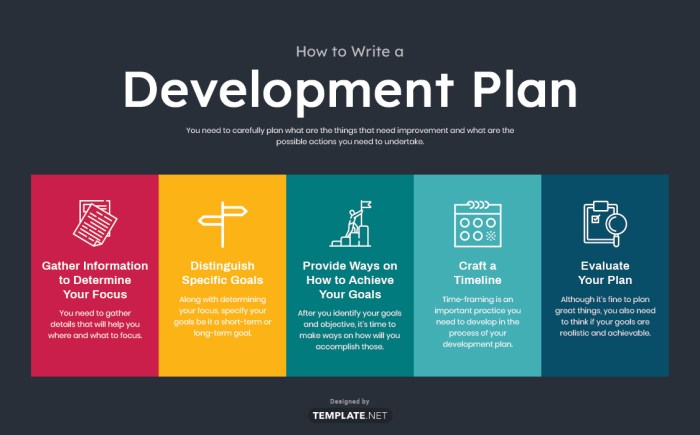
Beyond simple note-taking, mental models offer a powerful framework for organizing and processing information without relying on external tools. They provide a structure for your thoughts, enabling you to connect ideas, identify patterns, and generate new insights. These models, deeply ingrained in your mind, allow for intuitive navigation of complex information.Utilizing mental models for structuring thoughts is akin to building a personalized cognitive framework.
Planning your mind without pen to paper can be surprisingly effective. It’s all about harnessing your brain’s potential, and understanding its daily pitfalls. For instance, if you’re prone to forgetting appointments, you might find it helpful to read about how to tackle common brain errors like misplacing information in 7 mistakes your brain makes every day and how fix them.
Ultimately, strategically organizing your thoughts in your head, without relying on writing, can be incredibly efficient once you identify and correct these cognitive biases.
By understanding and applying various mental models, you can streamline your thought processes, enhancing both efficiency and creativity. This approach fosters a more dynamic and adaptable way of thinking, allowing you to tackle complex challenges and tasks with greater ease.
Mind Mapping and Concept Mapping in the Mind
Mind mapping, a visual technique, isn’t solely confined to paper. Mentally constructing a mind map involves visualizing a central idea as a central node, branching out with connected sub-ideas and their supporting details. This mental process mirrors the hierarchical structure of a traditional mind map, facilitating the understanding of relationships between concepts. Similarly, concept mapping, which emphasizes relationships between concepts, can be similarly visualized in the mind.
The relationships and connections between ideas are mapped mentally, offering a structured overview of the subject matter.
Strategies for Mental Visualization
Several strategies can enhance the visualization of ideas. One involves using mental imagery to represent concepts. Imagine a specific image or symbol for each idea, and associate it with related information. Another technique involves creating mental “concept webs,” where ideas are interconnected nodes linked by associations. These associations, like threads woven together, represent the relationships between the ideas.
For example, thinking of “bird” might conjure up images of flight, feathers, and nests, allowing you to quickly connect these concepts.
Table of Mental Models
| Mental Model | Application | Example |
|---|---|---|
| Mind Map | Organizing complex information, brainstorming, idea generation | Mapping out the different components of a project, from objectives to subtasks |
| Concept Map | Visualizing relationships between concepts, understanding hierarchies | Demonstrating the relationship between different branches of a scientific theory, or how different historical events influenced each other. |
| Concept Web | Understanding interconnections between ideas, generating associations | Connecting “technology” to “communication,” “innovation,” and “society” to see how these factors interact |
| Hierarchical Structure | Organizing ideas into categories and subcategories, understanding dependencies | Classifying animals by kingdom, phylum, class, order, family, genus, and species |
Categorizing and Connecting Ideas Mentally
Mentally categorizing ideas involves grouping similar concepts under overarching themes. This process often utilizes existing knowledge and frameworks to place new information into appropriate categories. Connecting ideas involves recognizing relationships and associations between concepts. This can be achieved by identifying common themes, identifying cause-and-effect relationships, or noting similarities and differences between concepts. For example, linking “electricity” to “light” and “heat” emphasizes their interconnectivity.
Planning your thoughts without jotting them down can be surprisingly effective. It’s all about mental organization, and sometimes, just letting ideas flow without the constraints of pen and paper is key. This is similar to how you can achieve weight loss with minimal effort, as detailed in 5 effective ways lose weight with zero effort. The focus shifts to identifying and altering your habits, rather than strict dietary changes.
Ultimately, mindfulness and intuitive planning, without external aids, leads to clearer thought processes.
Memory Enhancement for Retention
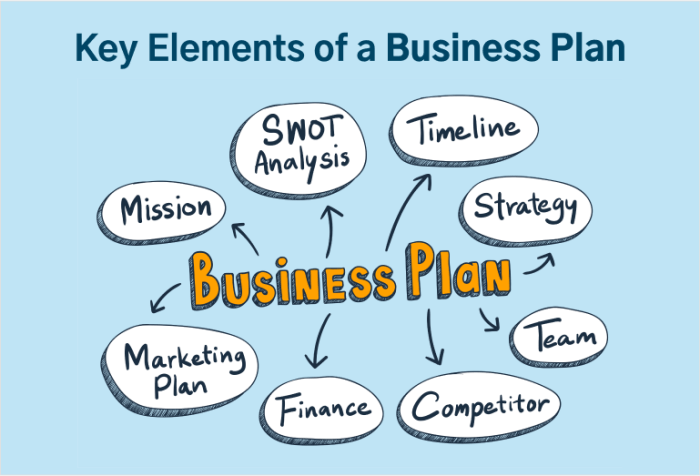
Unlocking the power of your mind to retain information without relying on written notes is a crucial skill. Effective memory techniques can transform how you absorb and recall knowledge, enabling you to effortlessly access information when needed. This approach fosters a deeper understanding and strengthens your cognitive abilities. The strategies presented here will equip you with practical methods for mental retention.Beyond simply memorizing facts, effective memory enhancement involves creating connections and associations that embed information deeply within your cognitive framework.
This process leverages your brain’s natural capacity for pattern recognition and meaningful connections. By understanding and implementing these techniques, you can dramatically improve your ability to retain and recall information without the need for external aids.
Memory Palace Technique
The Memory Palace, also known as the Method of Loci, is a powerful mnemonic device that leverages spatial memory. Visualize a familiar place, like your home or a route you frequently take. Associate each piece of information with a specific location within this mental space. Imagine placing objects or events at particular spots. The stronger the imagery, the more effective the recall.
For instance, if you need to memorize a list of items, visualize a specific item placed on a particular piece of furniture in your mental palace.
Chunking
Chunking involves grouping related pieces of information into meaningful units or “chunks.” This method helps manage and organize information more effectively. By breaking down large blocks of data into smaller, more manageable units, your brain can more easily encode and retrieve the information. For example, instead of trying to memorize a long string of numbers, group them into smaller, meaningful units like phone numbers or social security numbers.
Spaced Repetition
Spaced repetition involves revisiting information at increasing intervals. This technique is based on the idea that the brain retains information better when it is reviewed at strategically spaced intervals. The longer the interval between reviews, the stronger the memory trace becomes. Flashcards or digital applications that utilize spaced repetition are effective tools for implementing this strategy. Reviewing information regularly, rather than cramming, strengthens your memory over time.
Visualization and Imagery
Visualizing information is a key component of mental retention. Transforming abstract concepts into vivid mental images makes the information more memorable and easier to recall. Use vivid colors, details, and movements in your mental imagery. The more sensory details you incorporate, the stronger the memory trace will be. For example, if you need to remember a person’s name, create a mental image of them interacting with an object that embodies the name.
Creating Mental Connections
Creating mental connections between new information and existing knowledge is crucial for recall. Relate new concepts to your existing understanding, drawing parallels and analogies to make the information more meaningful. Using metaphors, analogies, and personal experiences can create stronger mental connections and improve memory retention. Connect the new knowledge to something already deeply rooted in your memory.
Comparing Memory Enhancement Strategies
| Technique | Description | Strengths | Weaknesses |
|---|---|---|---|
| Memory Palace | Associates information with locations | Excellent for lists, sequences | Requires strong spatial visualization |
| Chunking | Groups information into meaningful units | Effective for large amounts of data | May not be suitable for abstract concepts |
| Spaced Repetition | Revisits information at increasing intervals | Strengthens long-term memory | Requires consistent review schedule |
| Visualization/Imagery | Transforms information into mental images | Enhances memorability | Effectiveness depends on vividness of imagery |
These techniques are not mutually exclusive. Combining several methods often yields the most effective results.
Mental Chunking and Grouping
Mastering the art of mental organization is crucial for efficient thought processes. Chunking and grouping information mentally allows you to compress vast amounts of data into manageable units, significantly improving recall and comprehension. This approach is fundamental to various cognitive functions, from remembering complex concepts to effectively tackling daily tasks.Mental chunking is essentially the process of breaking down complex information into smaller, more digestible pieces.
This restructuring allows the mind to process and retain information more effectively. Grouping related ideas and concepts further strengthens this process, creating interconnected mental networks. This approach is beneficial across diverse domains, from learning a new language to managing project timelines.
Chunking Techniques
Effective chunking techniques involve breaking down large pieces of information into smaller, meaningful units. This process allows the mind to assimilate and retain the information more efficiently. Consider breaking down a phone number into groups of three or four digits, or memorizing a sequence of letters by creating meaningful words or phrases from them. The key is to find patterns and connections that allow for a mental shortcut.
Grouping Related Ideas
Grouping related ideas in the mind enhances recall and understanding. This involves connecting concepts that share common characteristics or themes. For example, if you’re studying different types of trees, grouping them by their leaf shapes, bark textures, or growing conditions can create a more coherent and memorable mental picture. Connecting similar tasks or projects into clusters also improves your ability to manage time effectively.
Mental Categorization of Information
Categorization is a crucial aspect of mental chunking and grouping. It involves assigning information to specific categories based on its characteristics. This structured approach allows you to easily retrieve information when needed. For instance, when organizing your personal library, you might categorize books by genre, author, or subject matter. Employing this strategy in daily tasks, like managing your emails or prioritizing errands, can enhance efficiency.
Applying Chunking and Grouping to Daily Tasks
Chunking and grouping can be directly applied to daily tasks. For instance, instead of remembering a long grocery list, break it down into smaller groups like produce, dairy, and pantry items. Similarly, for a complex project, chunk the tasks into smaller, manageable phases. By dividing large tasks into smaller, more focused parts, you can better allocate time and effort.
Organizing errands or appointments into logical categories can help reduce mental load.
Planning your thoughts without pen and paper takes practice, but it’s totally doable. Visualizing tasks and connecting them in your mind is a powerful method. For instance, seeing the stark reality of child labor in these 20 images these 20 images child labor will make you speechless might help you prioritize tasks by reminding you how important your own time is.
Ultimately, mental organization without writing things down often involves strong mental association and a keen awareness of priorities.
Mental Association for Recall, How plan your mind without writing things down
Mental association is a powerful tool for recall. By creating links between different pieces of information, you strengthen the memory trace. For example, associating a new vocabulary word with a visual image or a personal experience can improve your ability to remember it. Connecting unrelated ideas through a shared element can create a stronger memory anchor. Think about associating a new concept with a familiar one, making it easier to recall later.
Chunking Methods and Effectiveness
| Chunking Method | Description | Effectiveness |
|---|---|---|
| Grouping by Similarity | Organize items based on shared characteristics. | High. Effective for categorizing and retrieving information. |
| Chunking by Function | Group items based on their purpose or use. | High. Useful for organizing tasks and problem-solving. |
| Chunking by Location | Organize items based on their physical position or order. | Moderate. Useful for remembering sequences or spatial arrangements. |
| Chunking by Time | Organize items based on when they occur. | High. Effective for managing schedules and deadlines. |
Visualization and Spatial Reasoning
Unlocking the power of visualization and spatial reasoning allows for a profound enhancement in mental planning. These techniques provide a powerful tool to not only organize information but also to manipulate and interact with it in a dynamic and flexible way, much like a mental map. This allows for a more comprehensive understanding of complex relationships and facilitates the development of innovative solutions.
Imagine mentally constructing a blueprint for a project, adjusting the layout, and visualizing the potential outcomes before you even start.Visualizing ideas and their connections provides a rich and multifaceted understanding of the project. By picturing the different components and their interrelations, we gain a clearer comprehension of the overall structure and how each element contributes to the whole.
This mental visualization process is crucial in understanding and retaining information effectively. This process can be used for a range of activities, from project planning to problem-solving, to simply remembering a list of items.
Visualizing Ideas and Connections
Visualizing ideas involves creating mental images that represent concepts, tasks, or problems. To visualize connections, imagine lines, arrows, or other visual cues linking related concepts. For instance, imagine a central idea represented by a bright light bulb. Branching from it are smaller light bulbs representing sub-tasks or details. The thickness of the connecting lines can represent the strength of the relationship between the ideas.
Use vivid colors and textures to make the images more memorable and engaging.
Spatial Reasoning for Mental Organization
Spatial reasoning is the ability to mentally manipulate objects and understand their relationships in space. This ability allows us to mentally organize information in a structured and logical way. Visualize your workspace as a 3D model. Each task or project could occupy a different area, with connections between them represented by pathways. Imagine a mind map where the central idea is at the top, with branches extending downward and outward to represent sub-ideas and their connections.
Using spatial reasoning, you can intuitively move tasks around in this mental model to optimize workflow.
Applying Visualization to Specific Tasks
Visualization techniques can be applied to various tasks. For example, planning a trip involves visualizing destinations on a map, mentally navigating routes, and picturing potential delays. To visualize a presentation, mentally walk through the slides, envisioning the flow of information, and anticipate audience reactions. To organize a complex project, create a mental image of the project’s structure, with different modules in distinct locations, and visualize the flow of tasks and dependencies between them.
Mentally Manipulating and Moving Visualized Information
Once you have visualized information, you can mentally manipulate and move it around. Imagine rearranging the layout of a room in your mind. You can mentally shift the position of tasks or projects in your mental workspace, explore alternative solutions, and identify potential bottlenecks. This mental flexibility allows you to adapt to changes and optimize your approach in real-time.
For instance, in a project with several dependencies, you can mentally shift the sequence of tasks to find the most efficient workflow.
Visualization Exercises for Mental Planning
| Exercise | Description | Application |
|---|---|---|
| Mind Mapping | Create a visual representation of an idea, concept, or problem. The central idea is placed in the center, and branches represent related sub-ideas. | Brainstorming, planning, note-taking |
| Spatial Organization | Mentally organize tasks and projects in a 3D space. Imagine different areas representing different projects or tasks. | Project management, time management |
| Visualizing Flowcharts | Mentally create a flowchart illustrating the sequence of steps in a process or project. | Problem-solving, process improvement |
| Mental Timelining | Visualize tasks and deadlines on a timeline, mentally moving them around to optimize the schedule. | Scheduling, project planning |
Focus and Concentration Techniques
Mastering mental planning hinges on maintaining focus and concentration. Without these crucial elements, even the most sophisticated mental planning techniques will falter. Effective strategies for managing distractions, overcoming fatigue, and sustaining mental clarity are essential for achieving optimal results. This section explores various methods to sharpen your mental focus during planning sessions.Maintaining sustained focus during mental planning requires deliberate effort.
The human mind is prone to wandering, especially when faced with prolonged tasks. Recognizing this inherent tendency is the first step toward combating it. Techniques to combat this wandering mind and keep your mental focus on the task at hand are discussed below.
Minimizing Distractions
Effective mental planning requires a dedicated environment free from interruptions. Creating a structured space conducive to deep work is paramount. This includes minimizing external noise, decluttering the physical space, and establishing clear boundaries with others. Mobile devices should be turned off or placed out of sight. Designate a specific area for mental planning and stick to it to reinforce the association between that space and focused work.
Overcoming Mental Fatigue
Mental fatigue can significantly impact the quality and efficiency of mental planning sessions. Recognizing the signs of fatigue and implementing strategies to combat it is crucial. Breaks are not a luxury but a necessity. Regular short breaks, incorporating physical activity, and ensuring adequate sleep are essential to maintaining mental energy throughout the planning process. For example, a 5-minute walk every hour can significantly improve focus and reduce mental fatigue.
Focus Techniques in Different Situations
Adapting focus techniques to specific situations is vital. For instance, if you’re dealing with a complex problem, techniques like the Pomodoro Technique (working in focused bursts with short breaks) can be highly effective. For less demanding tasks, mindful awareness exercises or simply setting intentions can help sustain focus. Consider the specific task and tailor your approach to achieve optimal results.
Improving Mental Clarity
Mental clarity is essential for effective mental planning. Techniques to enhance clarity include mindfulness practices, meditation, and engaging in activities that stimulate cognitive function, such as learning a new skill or engaging in creative pursuits. Regular exercise and a balanced diet are also critical for maintaining mental clarity. Cultivating a structured routine that includes these practices will greatly contribute to long-term cognitive function.
Focus Techniques Summary
| Technique | Description | Application |
|---|---|---|
| Pomodoro Technique | Focused work intervals (e.g., 25 minutes) with short breaks. | Complex problem-solving, tasks requiring sustained attention. |
| Mindful Awareness | Bringing conscious attention to the present moment. | General tasks, less demanding activities, maintaining focus. |
| Meditation | Cultivating inner stillness and focus. | Stress reduction, enhancing mental clarity, improving focus. |
| Regular Exercise | Physical activity that enhances cognitive function. | General maintenance of mental well-being, improving focus and reducing fatigue. |
| Balanced Diet | Providing essential nutrients for brain function. | Sustaining mental clarity, energy levels, and focus throughout the day. |
Mental Practice and Simulation
Mental practice, a powerful tool for planning without writing, involves rehearsing tasks and scenarios in your mind. It’s not just daydreaming; it’s a focused, active process that strengthens neural pathways associated with the desired actions, enhancing your ability to execute them effectively. This approach can significantly improve your planning and problem-solving skills, allowing you to anticipate potential issues and refine strategies before putting them into practice.Mental simulation, a core component of mental practice, allows you to visualize situations, anticipate outcomes, and refine plans in a safe and controlled environment.
This process helps solidify your understanding of the tasks involved, making the actual execution smoother and more efficient. By engaging in mental rehearsals, you can optimize your resources and prepare for unforeseen circumstances.
Methods for Simulating Scenarios
Mental simulation involves creating detailed mental representations of situations, tasks, or problems. This process is crucial for planning without writing, allowing you to mentally explore possibilities, anticipate potential issues, and refine strategies. Several methods can facilitate this process:
- Detailed Visualization: Visualize the entire scenario, including all the relevant elements, from start to finish. Imagine the specific details of the environment, the people involved, and the actions you’ll take. For example, if you’re planning a presentation, visualize the room, the audience, your body language, and your delivery. This detailed visualization will enhance your understanding of the task and refine your approach.
- Sensory Immersion: Engage all your senses in the simulation. Hear the sounds, feel the textures, smell the aromas, and taste the flavors associated with the situation. For instance, if you’re planning a hike, imagine the rustling leaves, the feel of the trail beneath your feet, and the fresh air around you. This sensory immersion creates a more realistic and effective mental rehearsal.
- Emotional Engagement: Acknowledge and experience the emotions that might arise during the task. This will help you anticipate and manage potential emotional responses. For example, if you’re preparing for a job interview, imagine the nervousness and excitement, and practice how to manage those emotions. This emotional awareness improves your ability to stay calm and focused in high-pressure situations.
Rehearsing Tasks Mentally
Mental rehearsal involves repeatedly simulating the task in your mind, refining your strategies, and identifying potential obstacles. This process is critical for planning without writing, as it strengthens the mental pathways related to the task.
- Step-by-Step Breakdown: Divide the task into smaller, manageable steps. Mentally rehearse each step, focusing on the specific actions and decisions required. For example, if you’re preparing a meal, mentally rehearse getting the ingredients, prepping them, cooking them, and serving them.
- Anticipating Potential Issues: As you rehearse, consider potential problems or obstacles that might arise. Imagine how you would respond to these challenges, refining your strategy to mitigate those risks. For example, if you’re driving, mentally rehearse potential roadblocks and how you would adjust your route or speed.
- Adjusting and Refining: After each rehearsal, reflect on your performance and identify areas for improvement. Adjust your mental simulation to incorporate these refinements. This iterative process will enhance your planning and decision-making abilities.
Examples of Mental Simulations for Problem-Solving
Mental simulations can be incredibly helpful for problem-solving. By visualizing different scenarios and potential solutions, you can gain insights and refine your approach.
- Project Planning: Imagine a complex project, visualizing potential roadblocks, resource constraints, and time management challenges. This mental simulation helps you anticipate potential problems and adjust your project plan accordingly.
- Negotiations: Imagine a negotiation scenario, mentally rehearsing potential objections and counterarguments. This mental simulation allows you to anticipate the other party’s responses and refine your strategies to achieve a favorable outcome.
Role of Mental Imagery in Planning
Mental imagery plays a crucial role in mental practice and simulation. The vividness and detail of the mental image directly affect the effectiveness of the rehearsal. The clearer the mental picture, the more effective the preparation.
Mental Practice Scenarios and Benefits
| Scenario | Benefits |
|---|---|
| Preparing for a presentation | Improves confidence, refines delivery, anticipates audience reactions |
| Planning a trip | Visualizes locations, anticipates potential issues, optimizes travel plans |
| Solving a complex problem | Identifies potential solutions, explores different approaches, enhances decision-making |
End of Discussion
In conclusion, mastering mental planning without writing offers a powerful alternative to traditional methods. By harnessing mental models, memory enhancement, and visualization techniques, you can significantly improve focus, reduce mental clutter, and achieve remarkable results. This approach empowers you to become a more efficient and effective planner, unlocking your mind’s full potential. Experiment with these techniques and find the methods that work best for you.


